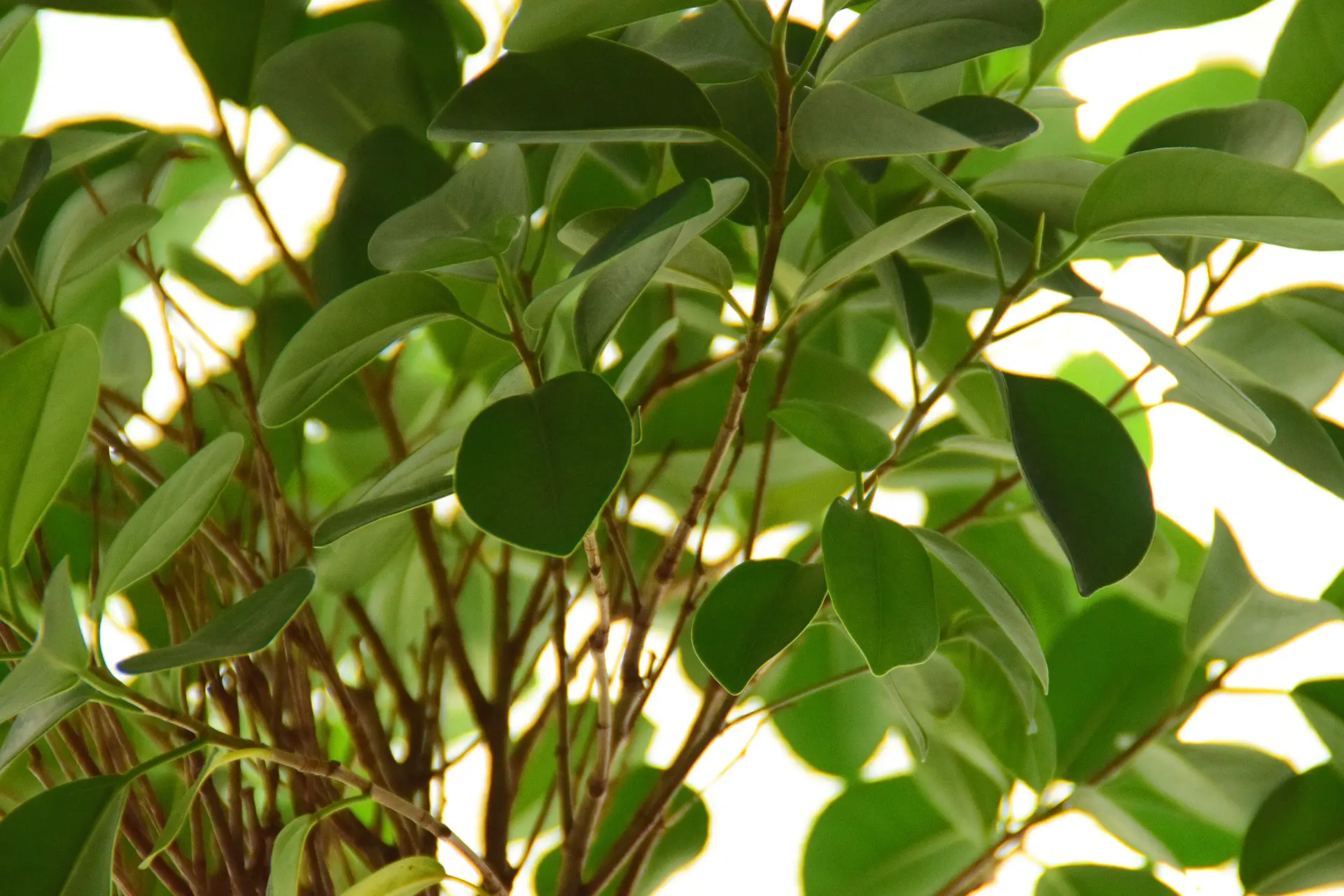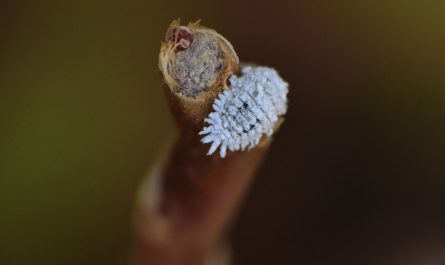Ficus lyrata is a beautiful houseplant that is loved for its beautiful, shiny green foliage. It is also known as the lyre fig tree. It is a small shrub that is usually grown as a houseplant. However, it is still possible to grow it outdoors in areas where it does not freeze.
With its large leaves, the ficus lyrata is the guarantee of a tropical atmosphere in your interior. Easy to maintain, the plant does not bear fruit when it is cultivated outside its natural environment.. Be vigilant all the same because the plant fears excess water. By reading this article, you will know all the tips for a healthy ficus lyrata. Do not hesitate to follow our recommendations in terms of materials to use to maintain the plant.
What are the characteristics of ficus lyrata?
The ficus lyrata belongs to the Moraceae family. The most popular plants of this family are the plane mulberry, the breadfruit but also the rubber ficus. Indoors, the ficus lyrata can reach a maximum height of 3 meters. In nature, this height is up to 6 meters.
Grown indoors, the lyre fig tree is a plant that can grow strongly but which can be limited in size and choose its shape thanks to occasional pruning. The ficus lyrata is a beautiful green plant with an upright habit. Its leaves are large and long, reaching up to 30 centimeters. Slightly wavy, they are characterized by their green color and their veins.
The lyre fig tree does not flower when grown indoors. Therefore, it therefore does not produce fruit. In its natural environment, flowering leads to fruiting. The fruits are small spherical figs about 6 cm in diameter. Like all ficus, ficus lyrata contains a white sap which must be avoided in contact with the skin. More particularly, it is essential to avoid any contact between the sap and the mucous membranes.
What fertilization for ficus lyrata?
Ficus lyrata does not particularly need fertilization. However, after each repotting, many gardeners decide to add special green plant liquid fertilizer. This is usually given once a month until the end of summer. It thus makes it possible to considerably promote the growth of the plant. Always choose a liquid fertilizer and mix it with the irrigation water. A fertilizer diluted in water will be even easier and more convenient to use. Choose formulas that contain iron, manganese but also magnesium. These elements are beneficial for the plant and they are also easily assimilated by the roots.
Here are the fertilizers we recommend for ficus lyrata:
A complete organic fertilizer for a perfectly balanced fertilization.
A fertilizer that contains many microorganisms, making it a "living" product.
For increased plant growth with increased leaf development.
See all fertilizers for ficus lyrata on Amazon
What substrate for ficus lyrata?
Repotting the lyre fig tree is best done in spring, when temperatures are mild. In general, it is recommended to do this repotting about every two years, in a specific soil for green plants. For larger ficus lyrata, you can simply replace the topsoil. The first few centimeters of substrate will then be replaced by a new rich and draining soil.
Ficus lyrata is planted in rich, humus-bearing soil that is slightly acidic to neutral. You can also plant it in garden soil if it is not too chalky, mixed in half with potting soil. A mixture of peat, sand and organic fertilizer will be perfectly suited to the lyre fig tree.
In general, the ideal substrate for ficus lyrata is considered to be a mixture of bark compost, sand, peat, and slow release fertilizer. It is therefore important to read the composition on the soil carefully in order to buy the most qualitative substrate possible. The less expensive mixes often contain too much bark which makes the soil generally too dry.
Here are the substrates we recommend for optimal growth of ficus lyrata:
A substrate that promotes rooting.
A ready-to-use potting soil for quick and easy use.
See all universal potting mixes available on Amazon
How to properly cut the ficus lyrata?
The propagation of ficus lyrata is usually done by cuttings. Whether you want to recycle your ficus lyrata cuttings or just want to start a whole new plant, propagating lyre fig is pretty straightforward. There are different ways to achieve this multiplication, but the most effective is water propagation.
Using clean, sharp scissors, you will cut a 5 to 10 cm branch just above a knot. Then take a transparent glass and fill it with water. Make sure that only the stem of the branch is submerged and that no leaves are in the water. After a while, and with a very sunny location, you will be able to see small white roots emerging from the cutting. Once the roots have grown well, you can transfer the cutting to indoor potting soil. Choose a small pot, less than 15 inches in diameter.
During the first few weeks, water the plant regularly until it is well rooted in its soil. The soil should remain moist at all times, but water should not collect in the bottom of the pot. If you wish, you can use rooting hormones for the purpose of strengthening the cuttings. Very often you will find these hormones in gel form which provides the vitamins necessary to develop and protect the roots. It is enough to apply a little bit of product on the foot of the cutting for easier rooting. The roots will be able to appear in just a few days.
Tools for pruning ficus lyrata
Pruning is absolutely not essential in the ficus lyrata. However, it will allow the plant to grow and give it the desired shape. It also helps promote branching and is therefore beneficial in early spring and late summer.
Throughout the year, remember to remove dead or dry leaves from the ficus lyrata. When pruning the lyre fig tree, wear gloves and place paper on the ground. Indeed, the sap of the plant is toxic and it could cause severe irritation. Then cut just above a knot at the ends of the plant, just a few inches. To further stimulate the growth of new leaves, you can also choose to cut in half.
The ficus lyrata supports pruning very well. To promote its branching, do not hesitate to pinch it regularly, just above a leaf. To prevent the lyre fig tree from shrivelling at the base, cut back the branches of the plant slightly, once or twice a year.
Here are the accessories we recommend for precise pruning of ficus lyrata:
Features soft handles for user comfort.
With stainless and very sharp blades for maximum efficiency.
A light yet efficient pruning shears, suitable for both right and left handed people.
See all gardening secateurs available on Amazon
How do I keep my ficus lyrata glowing and healthy?
Ficus lyrata is an easy to care for long term houseplant. The plant should be installed in a bright room but without direct sunlight. You will make sure to water the ficus lyrata regularly with fairly soft water so as to maintain the soil always slightly moist.
If the leaves of your lyre fig tree are dirty, you may well be able to clean them. Cleaner leaves will soak up light more easily. For proper cleaning, take each sheet between two soft, slightly damp cloths. Then wipe the top of each sheet to remove any dust that has accumulated. If the leaves of the ficus lyrata are really very dirty, you can soak the cloth with diluted 100% natural black soap. Preferably choose an organic product. To keep your plant clean, you can also mist it regularly.
The plant can also fall victim to mealybugs and spider mites. To get rid of these pests, you can make your own mixture at home. In 1 liter of water, place 5 tablespoons of black soap paste, 5 tablespoons of vegetable oil and 10 cl of alcohol vinegar. By soaking a cloth in this mixture and running it over the leaves of the plant, the pests will not last long.
The lyre fig tree is therefore valued as a houseplant for its attractive green foliage throughout the year. Cultivated in France for its decorative aspect, it does not give any fruit outside its natural environment. This plant is particularly easy to maintain and it is this characteristic that has earned it its great success. By purchasing the various items that we recommend, you will be able to ensure the perfect development of your ficus lyrata without any problem.




